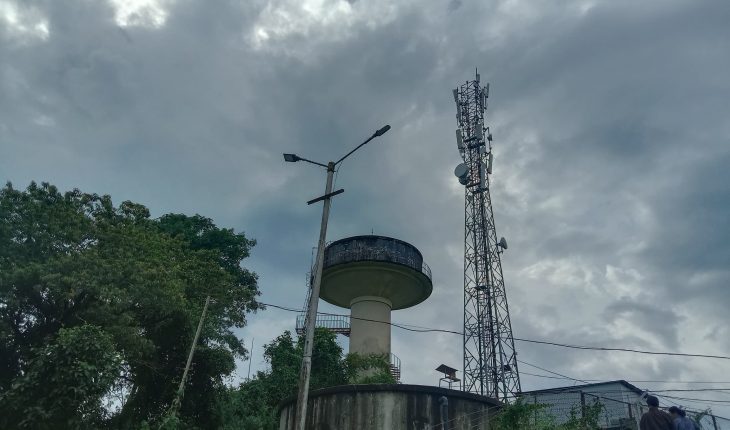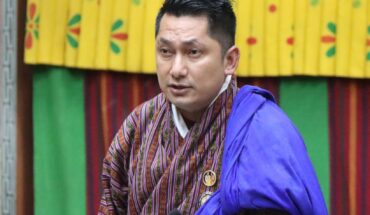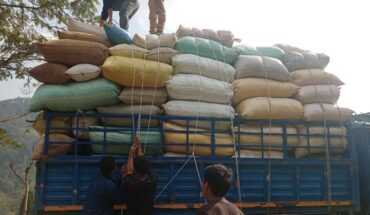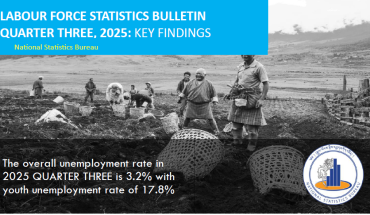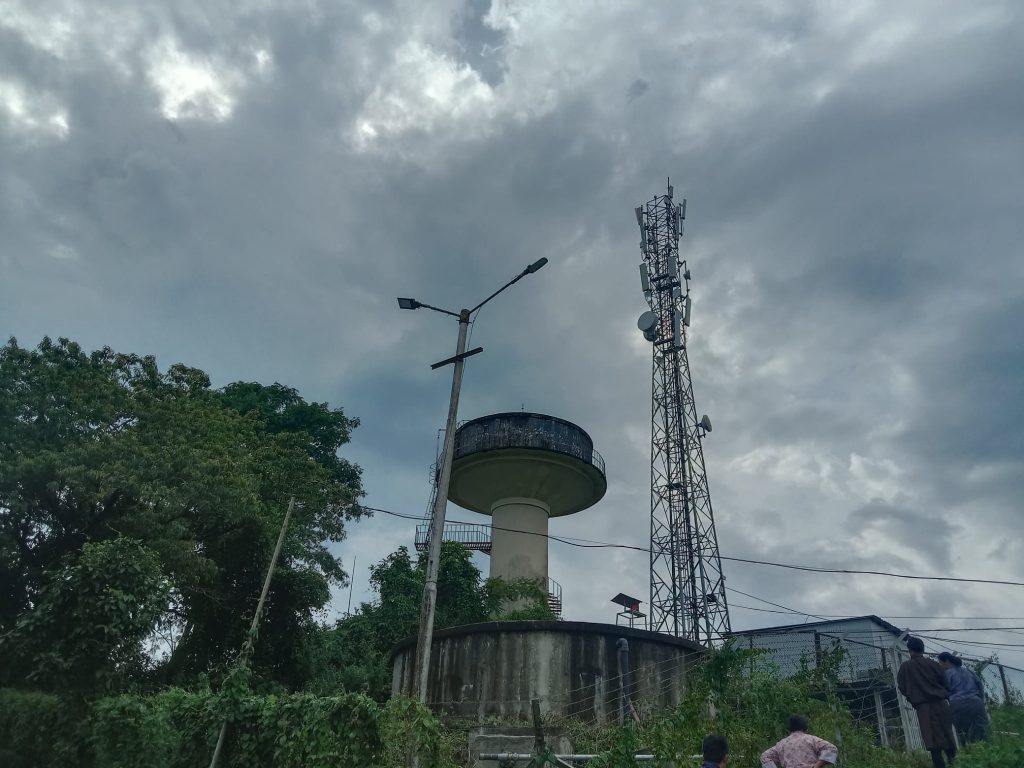
Communities in Dewathang have found long awaited relief from chronic water shortages with the completion of the Nu 124 million Dewathang Water Supply Augmentation Project, funded by the Asian Development Bank (ADB).
The initiative, which is part of a larger effort to improve water security across Samdrupjongkhar, is expected to benefit around 5,000 residents of Dewathang Gewog.
For decades, residents grappled with unreliable and insufficient water sources. The new project, completed on May 31, 2025, includes a modern treatment facility designed to ensure a consistent supply of safe, treated water.
Officials from Thromde described the development as a major milestone in addressing one of the community’s most pressing challenges.
Construction began on May 9, 2023, with water drawn primarily from Morong and Lamshorong, and the main intake established at Morong Chhu, about 27 kilometres from Dewathang town.
Previously, the community depended on the Zalakhe source, which was not only limited in capacity but also shared with nearby gewogs.
As demand grew, the situation worsened when upstream gewogs diverted pipelines, leaving Dewathang with diminished access.
Samdrupjongkhar Thromde’s Project Manager, Sonam Wangchuk, said the Zalakhe source also posed safety concerns.
“The Zalakhe intake lacked adequate protection from wild animals and did not have a treatment facility, raising concerns despite the water being tested and found clean,” he said.
The new project addresses these issues by introducing infrastructure designed to secure and distribute water more effectively. At the center of the system is a fully operational water treatment plant.
“The new water treatment project has been instrumental in providing sufficient, quality treated water for Dewathang Gewog,” Sonam Wangchuk said.
The project incorporates multiple features to ensure safety and reliability. An intake and collection chamber was constructed at Morong Chhu, supported by a 28-kilometer transmission line that links three sources to the distribution network.
To mitigate risks of pipe bursts caused by high pressure, two break-pressure tanks were installed at 4.6 km and 18.5 km along the transmission route. These tanks regulate pressure, preventing damage and maintaining uninterrupted supply.
Additional infrastructure includes a 14.8 km reinforced cement concrete sand trap fitted with a roof and dustproof cover, and a 100 cubic metre ground service reservoir at Jigme Namgyel Engineering College.
With these measures, officials anticipate residents will enjoy a continuous water supply. However, authorities have advised households to establish adequate storage facilities to fully benefit from the 24/7 service.
The ADB also funded an earlier water initiative in Samdrupjongkhar. The Samdrupjongkhar Water Supply and Sewerage Project, completed in November 2023 at a cost of Nu 137 million, enhanced urban water and sanitation infrastructure.
That project improved the distribution network from the Pinchina source, added reservoir tanks, and developed a 410 cubic metre reservoir.
It also established transmission lines and a 4.5 km sewer trunk line, along with a sewage treatment plant.
Officials from Thromde said the two projects reflect ADB’s broader collaboration with Bhutan to strengthen essential services and safeguard public health.
Together, they represent significant progress for Samdrupjongkhar, where water shortages have long disrupted daily life and development.
Despite the achievements, officials acknowledged that the project has faced challenges. The rugged terrain and the long 28 kilometre transmission alignment delayed progress in some areas, while maintaining high-pressure pipelines across hilly landscapes remains a concern.
Budget constraints also forced project teams to prioritize critical infrastructure, leaving out some secondary distribution extensions that may need additional investment in future phases.
Engineers have emphasized sustainability and resilience as central to Dewathang’s new water system. Pema Dorji, one of the project engineers, explained that measures have been taken to ensure long term reliability.
“The new water supply system for Dewathang is designed to be sustainable for the long term, ensuring it can handle a growing population and the challenges of climate change,” he said.
According to him, the first step is protecting the water source itself.
“This involves implementing a strict protection plan for the surrounding watershed, which includes planting native trees to reduce erosion and improve water flow, while also restricting activities like logging to prevent pollution,” Pema Dorji, Project Engineer explained.
He added a climate resilience study will assess how vulnerable the source is to changing weather patterns, and feasibility studies for alternative sources to provide a crucial backup during droughts.
The break-pressure tanks and sand trap will be maintained to prevent pipe damage and silt accumulation, while three reservoirs will be preserved as reliable storage buffers.
“Managing water demand is equally important; therefore, water meters will be installed at all connections to monitor usage and encourage conservation, “Pema Dorji, said, also highlighting the importance of training and community involvement.
“A skilled local workforce will be trained to operate and maintain the entire system, and the community will be engaged as partners in conservation efforts. This comprehensive approach from source protection to community involvement ensures the system remains resilient and reliable for generations to come,” he said.
The Project Engineer noted that the three reservoirs can serve as primary buffers during natural disasters or pipeline failures, supplying the town for a critical period while repairs are made.
Fire hydrants have been strategically placed throughout the distribution network, providing not only firefighting capacity but also emergency water access points.
“Water tankers can directly connect to them to withdraw water from the network for distribution to affected neighborhoods, or to deliver water from an alternative source into the system to maintain pressure and supply,” Pema Dorji said.
He added that the transmission main is equipped with isolation valves, allowing damaged sections to be closed off during a rupture to minimize water loss and maintain supply to unaffected areas.
Pema Dorji also stressed the importance of communication during emergencies.
“A clear public communication plan is vital to inform residents of the situation, expected timelines, and locations of emergency water distribution points, ensuring an orderly and managed response to the crisis,” he said.
For residents of Dewathang, the new system represents the end of years of reliance on limited and unreliable water sources.
Yet, official’s caution that sustained funding, timely maintenance, and continued community participation will be crucial in overcoming future challenges.

